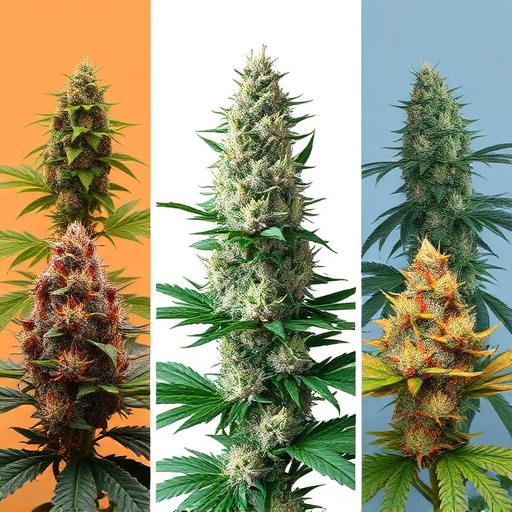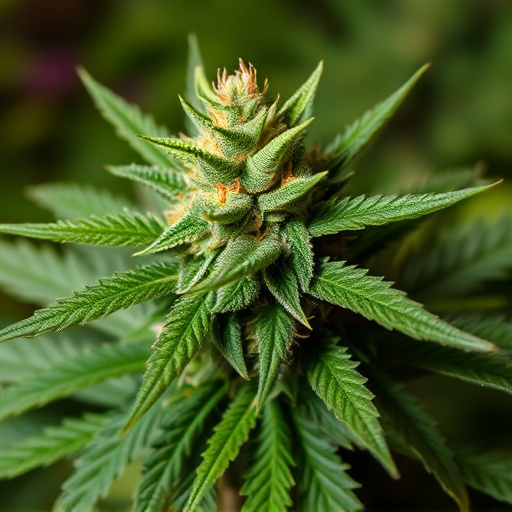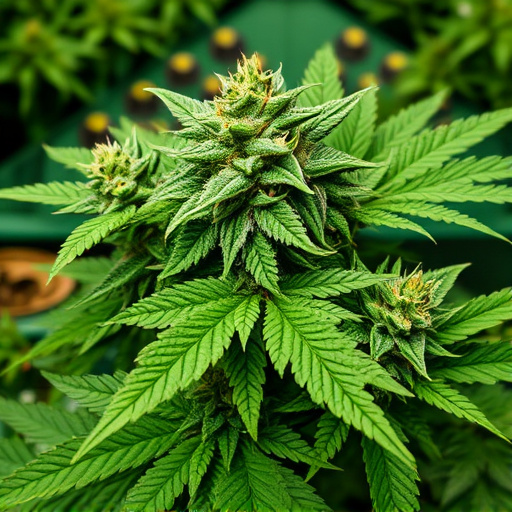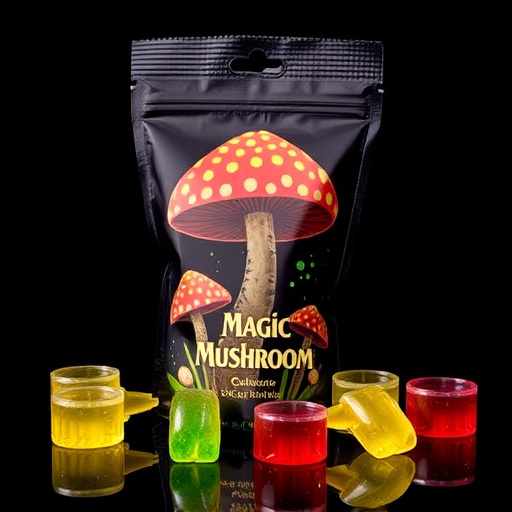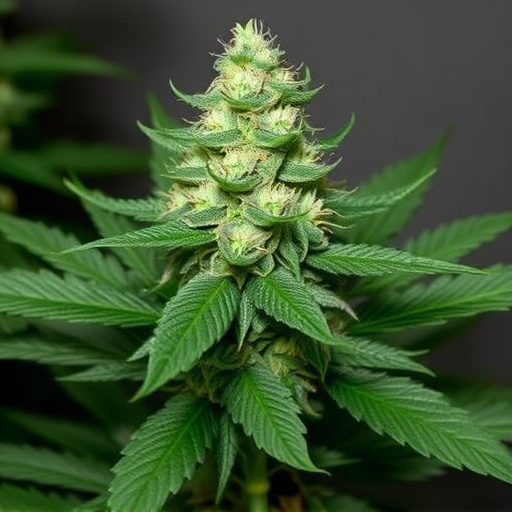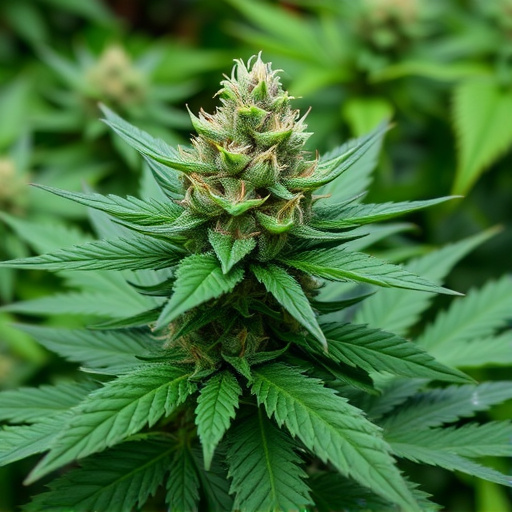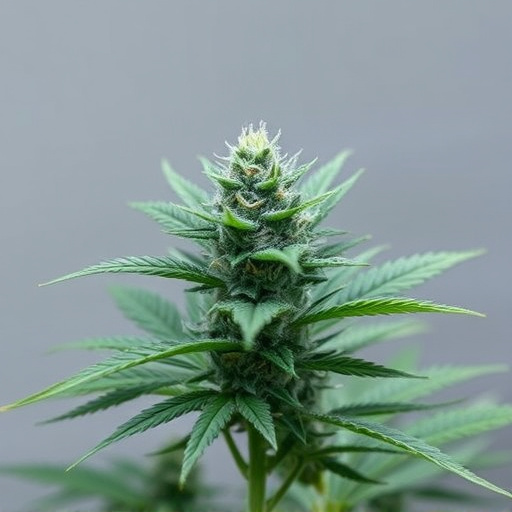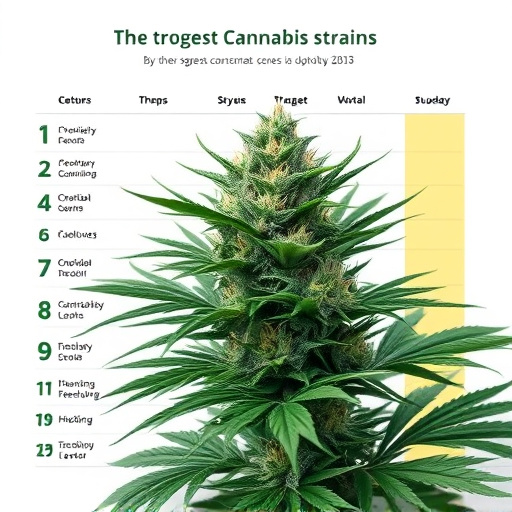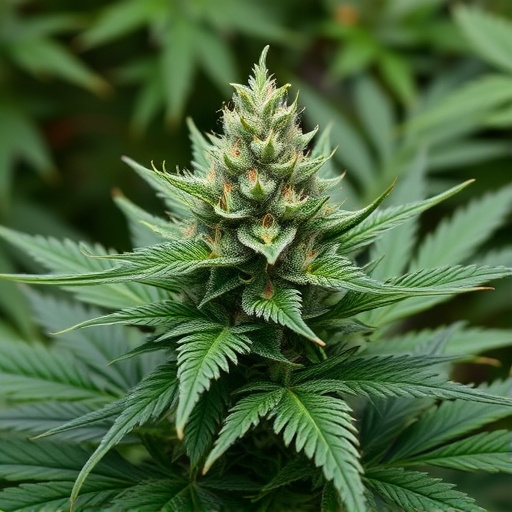Cannabis's appetite-stimulating effect ("munchies") is driven by compounds like THC and CBD interacting with the endocannabinoid system. Terpenes, such as myrcene and limonene, further enhance hunger. Strongest cannabis strains with high THC levels induce increased hunger, though Indica vs Sativa varieties show differences in appetite effects. Understanding these interactions helps users manage potential side effects like overeating.
“Ever wondered why a post-cannabis meal is often a must? This article delves into the science behind cannabis’ appetite-stimulating properties. We explore how cannabinoids and terpenes, key compounds in the plant, interact with our bodies to enhance hunger. Furthermore, we analyze the impact of different strains, revealing why some of the strongest cannabis strains are renowned for their potent effects on the stomach. Prepare to uncover the intricate relationship between cannabis consumption and your appetite.”
- Understanding the Hunger-Stimulating Effects of Cannabis
- The Role of Cannabinoids and Terpenes in Appetite Stimulation
- Exploring the Impact on Different Cannabis Strains and User Experiences
Understanding the Hunger-Stimulating Effects of Cannabis
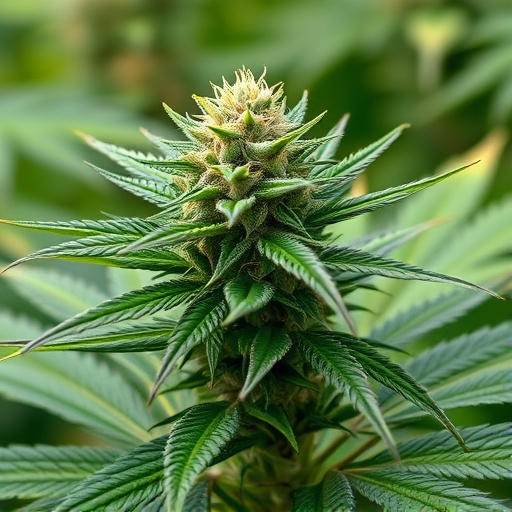
Cannabis has long been known for its ability to stimulate appetite, a phenomenon often referred to as “munchies.” This effect is largely attributed to the active compounds present in cannabis flowers, particularly tetrahydrocannabinol (THC) and cannabidiol (CBD). THC, considered the primary psychoactive component, interacts with the endocannabinoid system in our bodies, which plays a significant role in regulating hunger and feelings of satisfaction. When consumed, THC can bind to specific receptors in this system, leading to increased appetite and cravings.
The impact on hunger is particularly pronounced with certain strongest cannabis strains that have high THC concentrations. These strains can trigger a powerful response from the endocannabinoid system, resulting in a noticeable increase in food intake. Additionally, CBD, another crucial compound, has been found to enhance the appetite-stimulating effects of THC while potentially offering anti-inflammatory properties that contribute to overall well-being. Understanding these interactions between cannabis compounds and our physiological systems sheds light on why many users experience heightened hunger after consuming cannabis products.
The Role of Cannabinoids and Terpenes in Appetite Stimulation
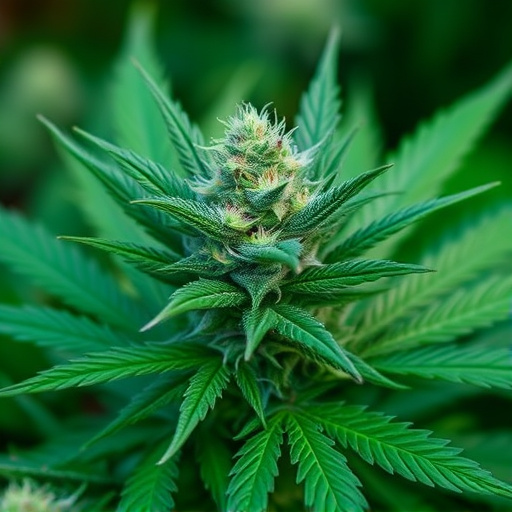
Cannabis flower’s ability to stimulate appetite is a well-documented phenomenon, often associated with its complex chemical composition. Cannabinoids, such as tetrahydrocannabinol (THC) and cannabidiol (CBD), play a significant role in this effect. THC, known for its psychoactive properties, can directly interact with our endocannabinoid system, which regulates various physiological processes, including appetite. When consumed, THC binds to receptors in the brain, triggering a release of neurotransmitters that enhance food cravings.
Additionally, terpenes—organic compounds responsible for cannabis strains’ diverse aromas and flavors—also contribute to this sensation. Certain terpenes like myrcene and limonene have been linked to increased hunger and pleasure associated with eating. In fact, studies suggest that the combination of cannabinoids and terpenes in the strongest cannabis strains can create a potent appetite-stimulating effect, making users crave not only food but also specific types of cuisine.
Exploring the Impact on Different Cannabis Strains and User Experiences
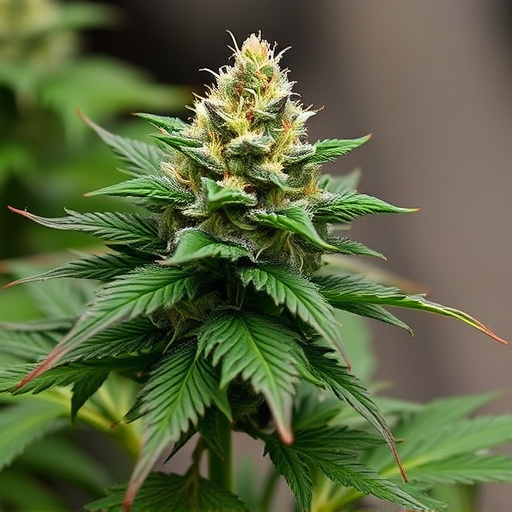
The impact of cannabis on appetite is a well-documented phenomenon, with many users reporting increased hunger after consumption, often referred to as “the munchies.” This effect is particularly notable with the strongest cannabis strains, which typically have higher concentrations of THC (tetrahydrocannabinol), the primary psychoactive compound responsible for inducing a range of physiological and psychological responses. Different strains can evoke varying user experiences; some may induce a strong appetite, while others might leave users feeling satiated. This variability is influenced by not just the strain’s THC content but also its unique blend of terpenes and cannabinoids, such as CBD (cannabidiol), which can either enhance or mitigate the hunger-inducing effects of THC.
Exploring the impact across a wide array of strongest cannabis strains reveals diverse outcomes. Indica strains, known for their relaxing and sedative properties, are often associated with heightened appetite due to their tendency to induce a sense of relaxation and comfort, leading users to seek out food as a source of pleasure or satisfaction. Sativa strains, on the other hand, which provide more energizing and uplifting effects, may not always stimulate hunger but can encourage snacking, especially when combined with physical activity or in social settings. Understanding these nuances is essential for both recreational and medicinal cannabis users looking to optimize their experiences and manage any unwanted side effects, such as overeating.
Cannabis’ ability to stimulate appetite is a multifaceted phenomenon, influenced by its complex interplay of cannabinoids and terpenes. The effect varies across different strains, offering a diverse user experience. Among the strongest cannabis strains known for their appetite-boosting properties, understanding these compounds can help users make informed choices to manage hunger effectively. Whether seeking relief from eating disorders or simply indulging in a gourmet culinary adventure, cannabis’ unique tapestry of flavors and effects continues to captivate and satiate.

